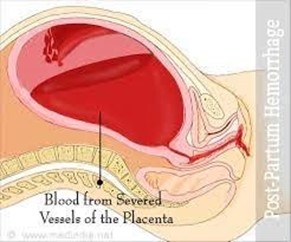A nurse is observing an assistive personnel (AP) apply antiembolic stockings for a client. The nurse should identify that which of the following actions by the AP indicates an understanding of the procedure.
Elevates the client's legs before applying the stockings
Instructs the client to dorsiflex their feet while applying the stockings
Massages the client's legs before applying the stockings
Folds the top of the stockings over after applying them
The Correct Answer is A
The action by the AP that indicates an understanding of the procedure is elevating the client's legs before applying the stockings. Elevating the legs can help reduce swelling and make it easier to apply the stockings.
Option b is incorrect because instructing the client to dorsiflex their feet while applying the stockings may not be necessary.
Option c is incorrect because massaging the client's legs before applying the stockings may not be necessary or appropriate.
Option d is incorrect because folding the top of the stockings over after applying them may not be necessary or appropriate.
Nursing Test Bank
Naxlex Comprehensive Predictor Exams
Related Questions
Correct Answer is B
Explanation
b. Methylergonovine.
Explanation:
Postpartum hemorrhage is a significant complication that can occur after childbirth. Methylergonovine is a medication commonly used to manage postpartum hemorrhage. It is an ergot alkaloid that helps to contract the uterus, reducing bleeding. It is typically administered either intramuscularly or orally.
Option a, Terbutaline, is a medication used for the management of preterm labor by relaxing the uterine smooth muscles. It is not indicated for postpartum hemorrhage.
Option c, Magnesium sulfate, is a medication used for the prevention and treatment of seizures in patients with preeclampsia or eclampsia. It is not specifically indicated for postpartum hemorrhage.
Option d, Nifedipine, is a calcium channel blocker commonly used to manage hypertension. It is not indicated for postpartum hemorrhage.
It's important to note that the specific management of postpartum hemorrhage may vary depending on the underlying cause, severity of bleeding, and individual patient factors. The healthcare provider will determine the most appropriate interventions and medications for each case.

Correct Answer is B
No explanation
Whether you are a student looking to ace your exams or a practicing nurse seeking to enhance your expertise , our nursing education contents will empower you with the confidence and competence to make a difference in the lives of patients and become a respected leader in the healthcare field.
Visit Naxlex, invest in your future and unlock endless possibilities with our unparalleled nursing education contents today
Report Wrong Answer on the Current Question
Do you disagree with the answer? If yes, what is your expected answer? Explain.
Kindly be descriptive with the issue you are facing.
